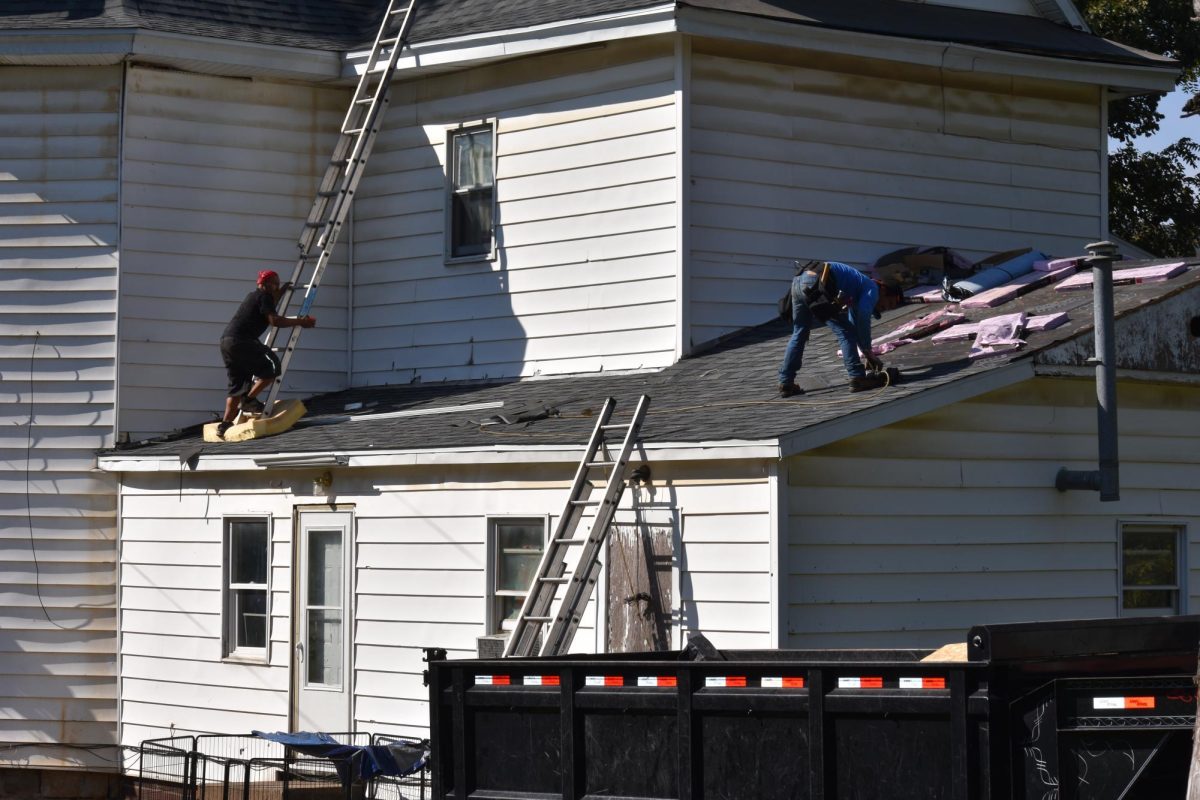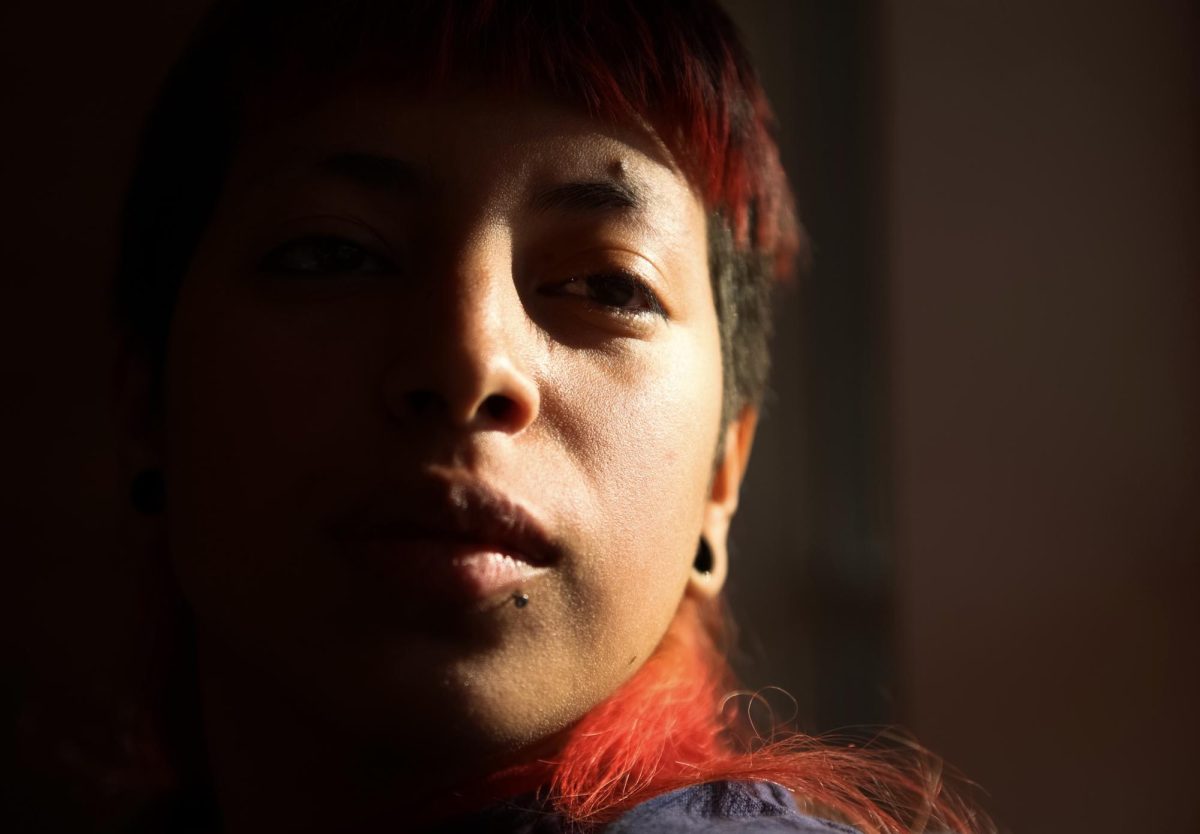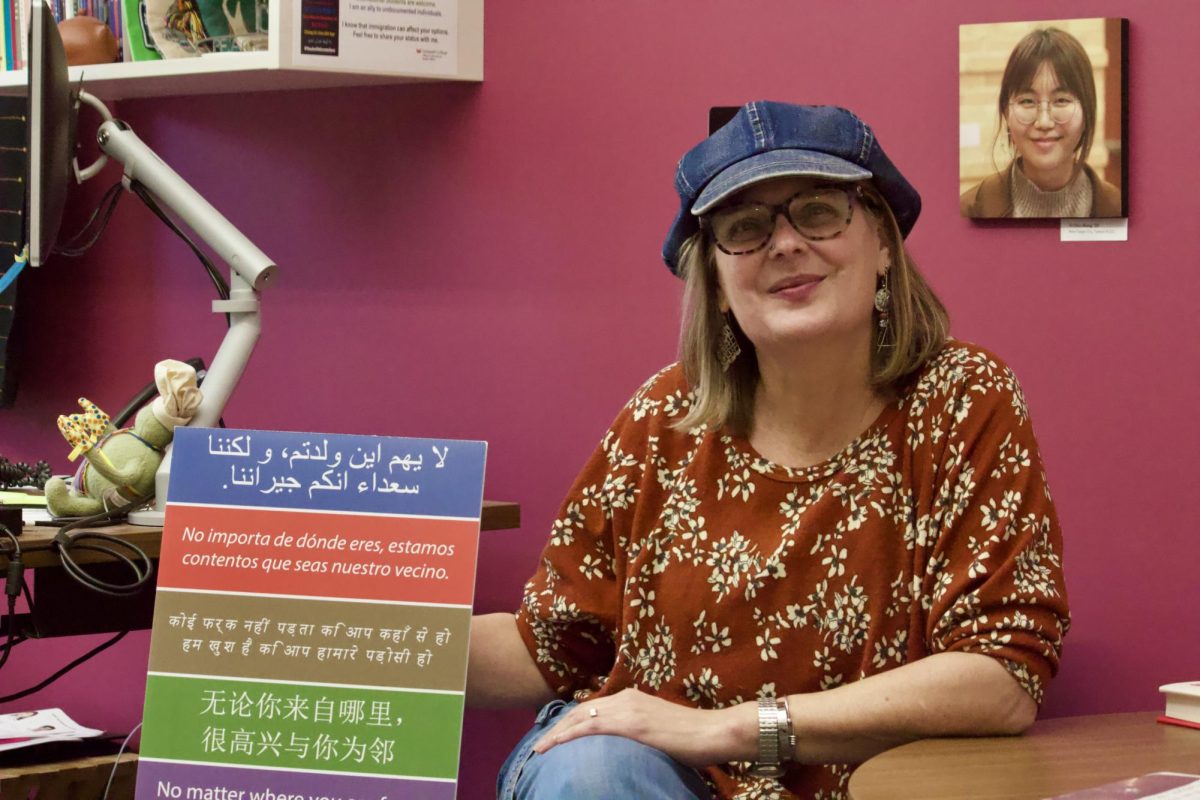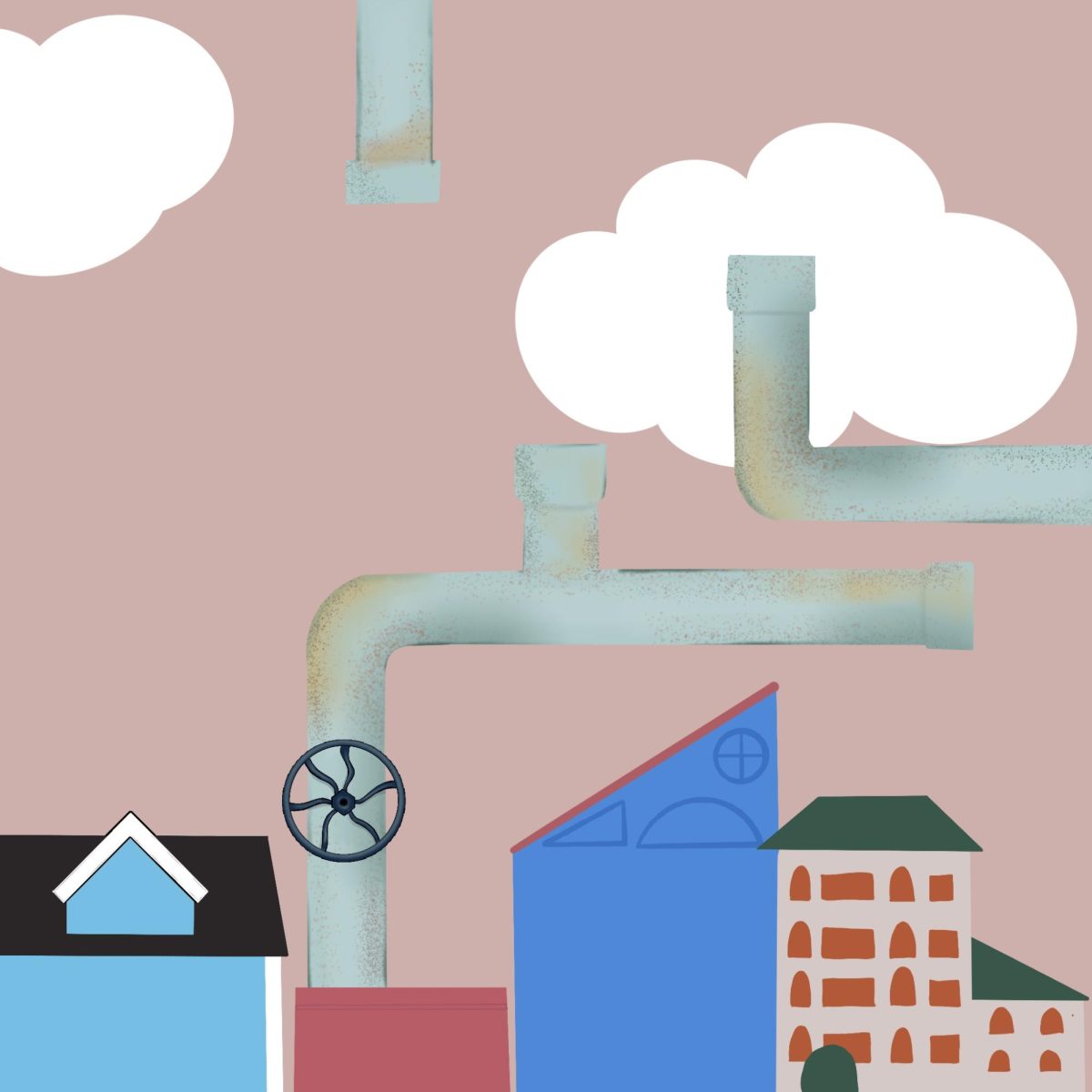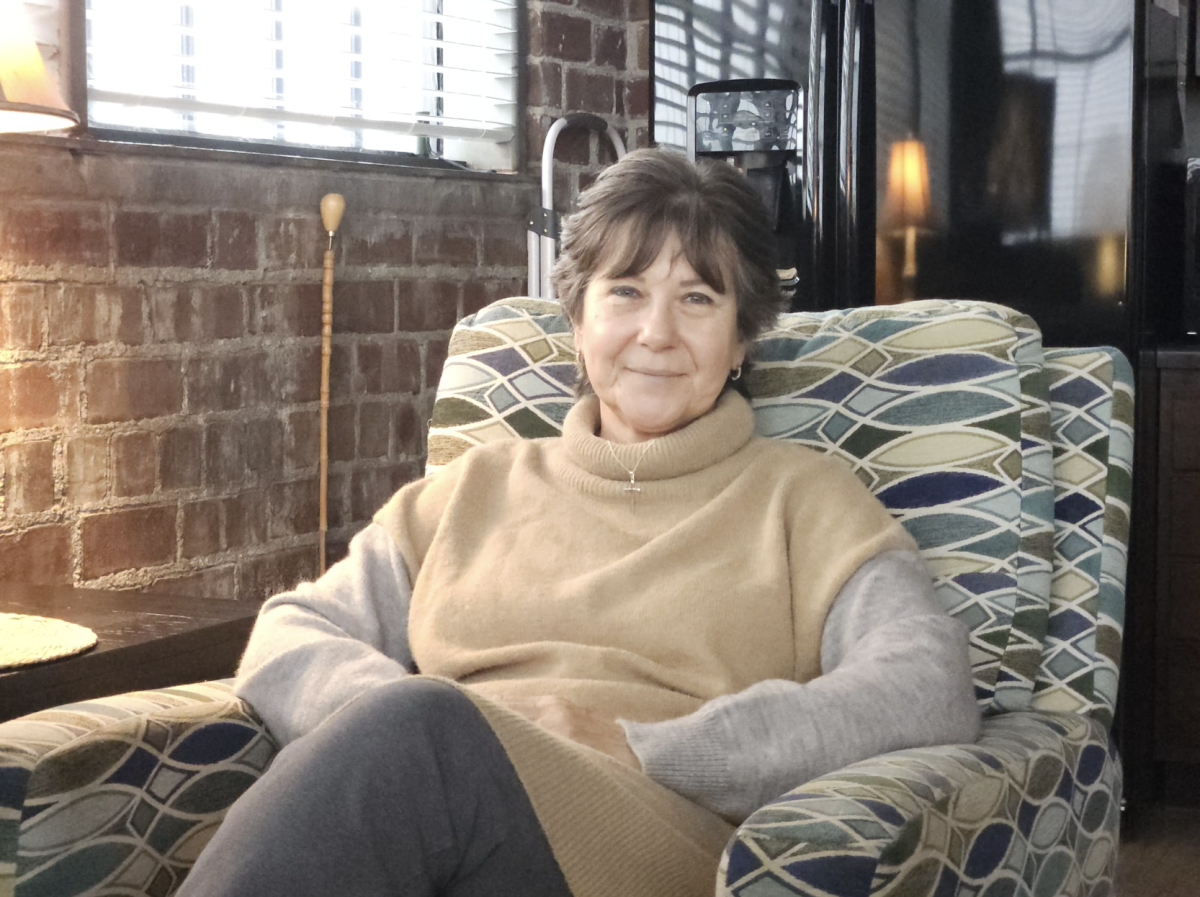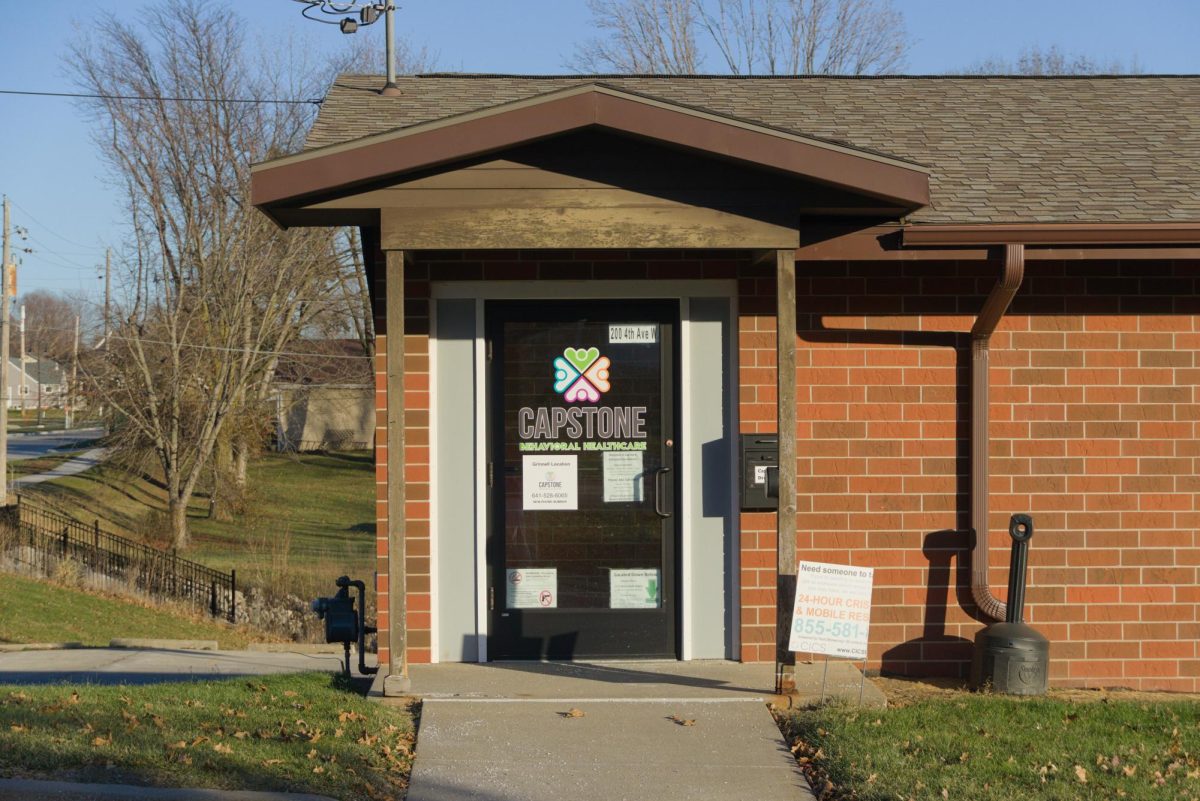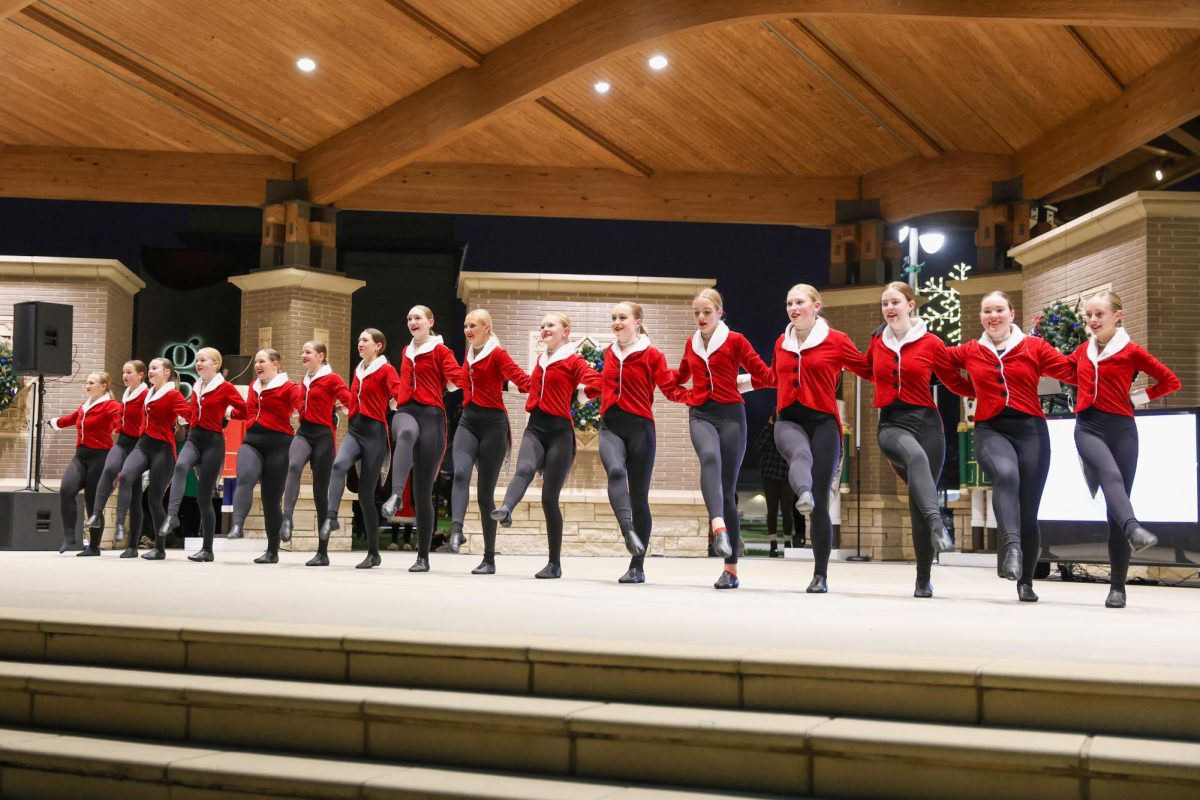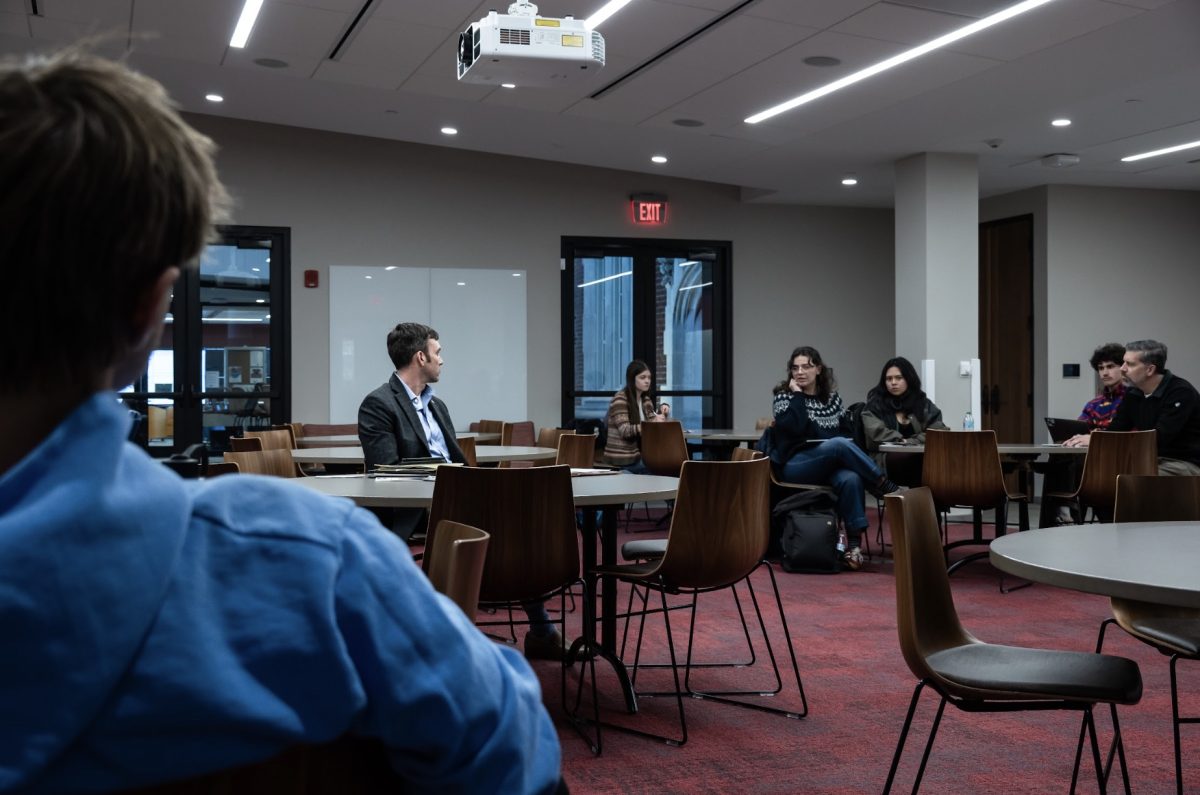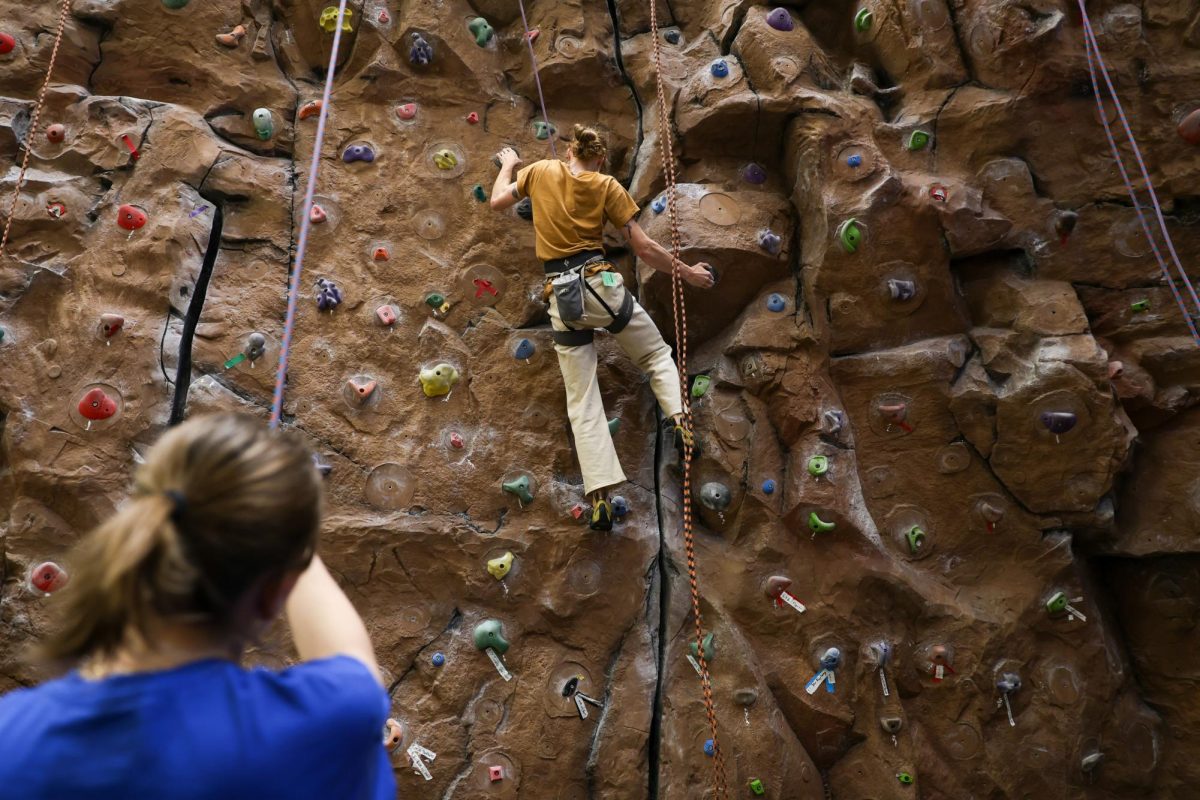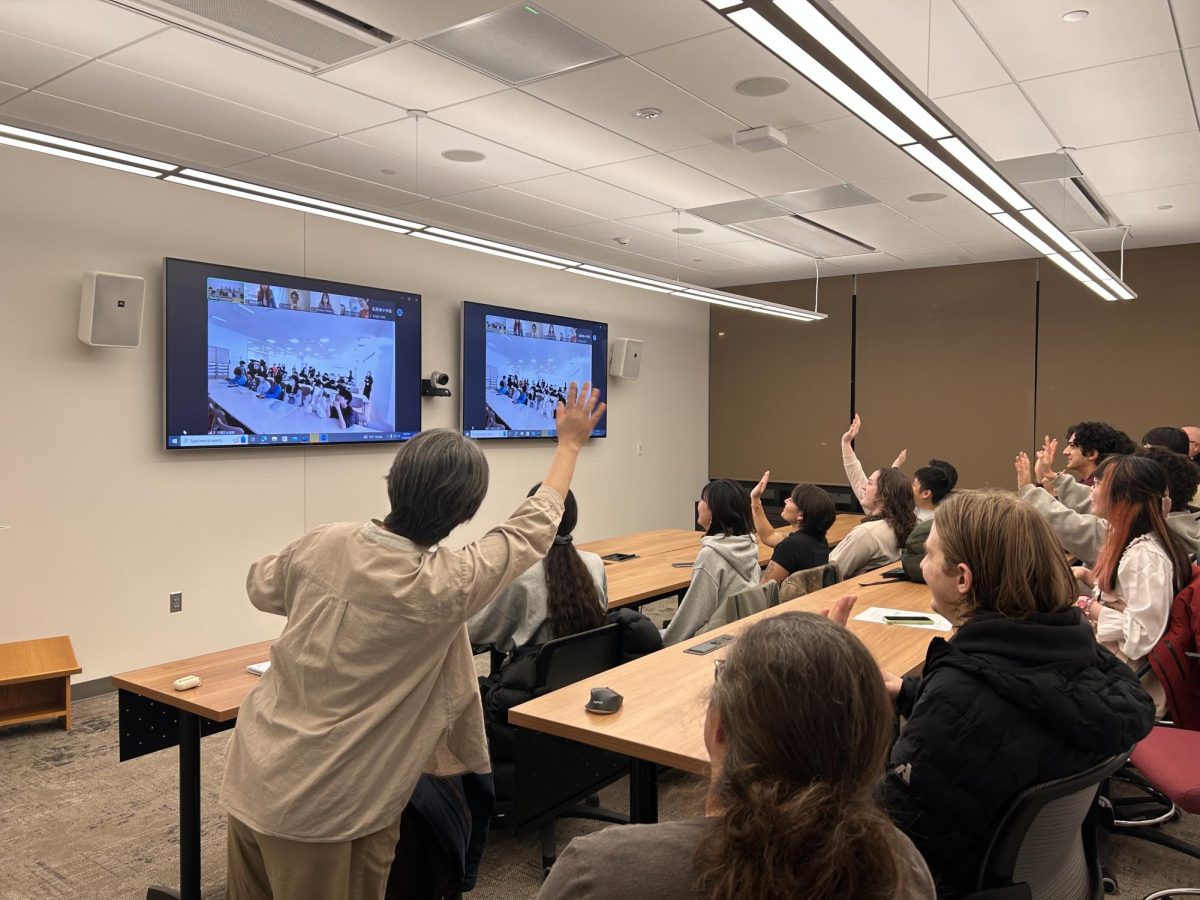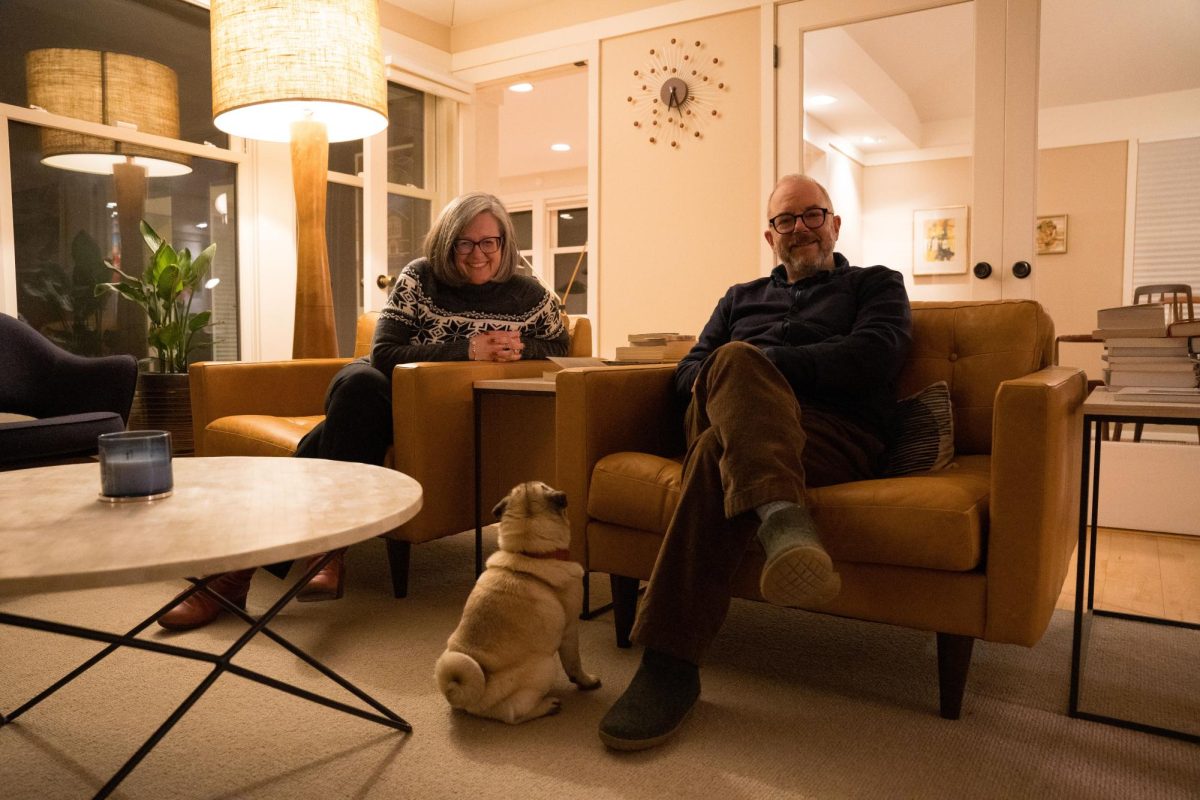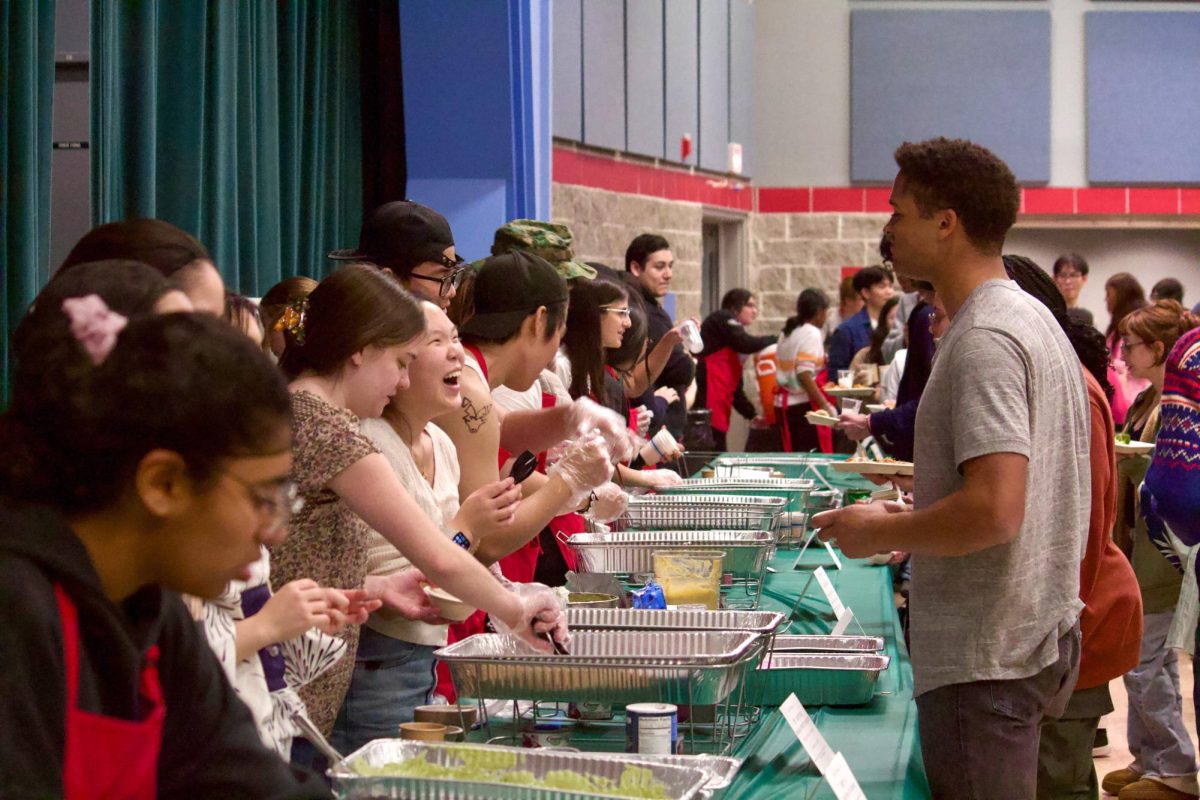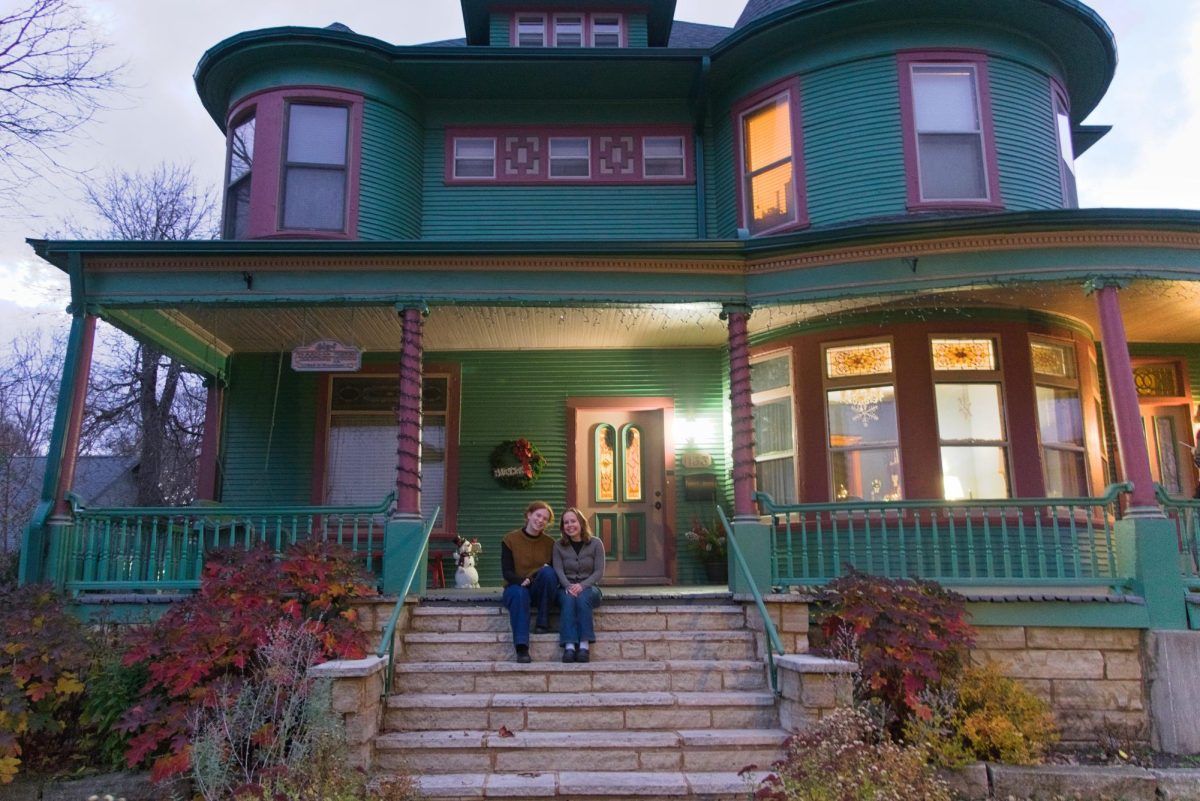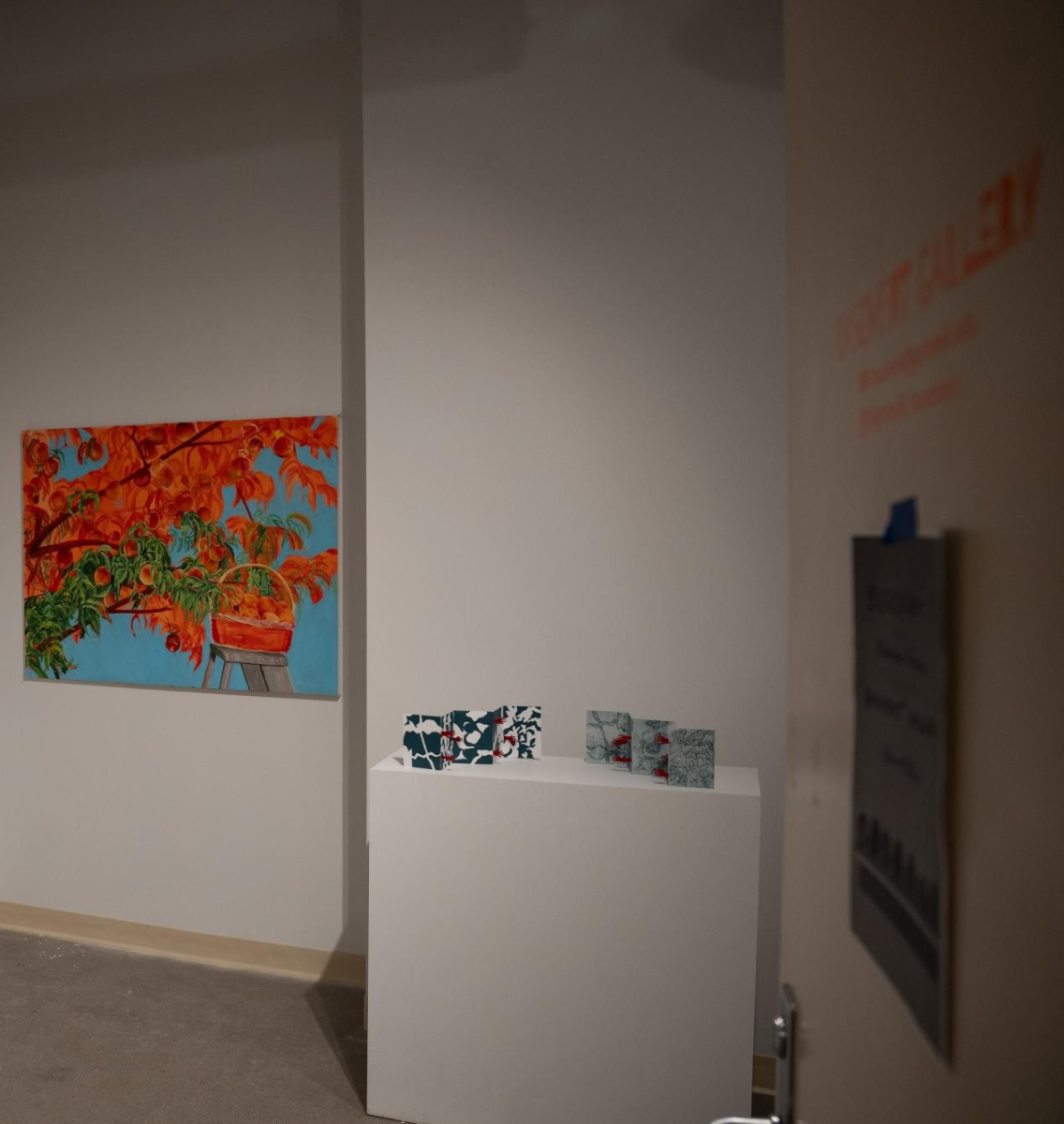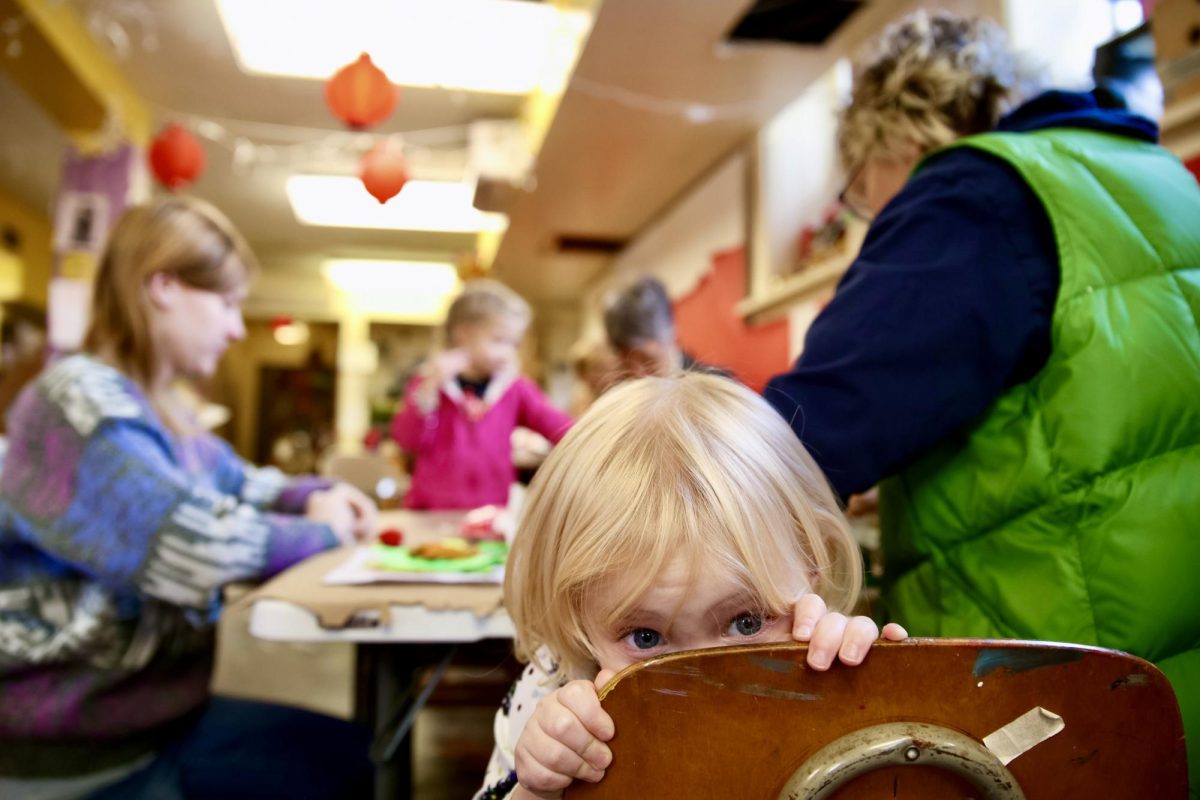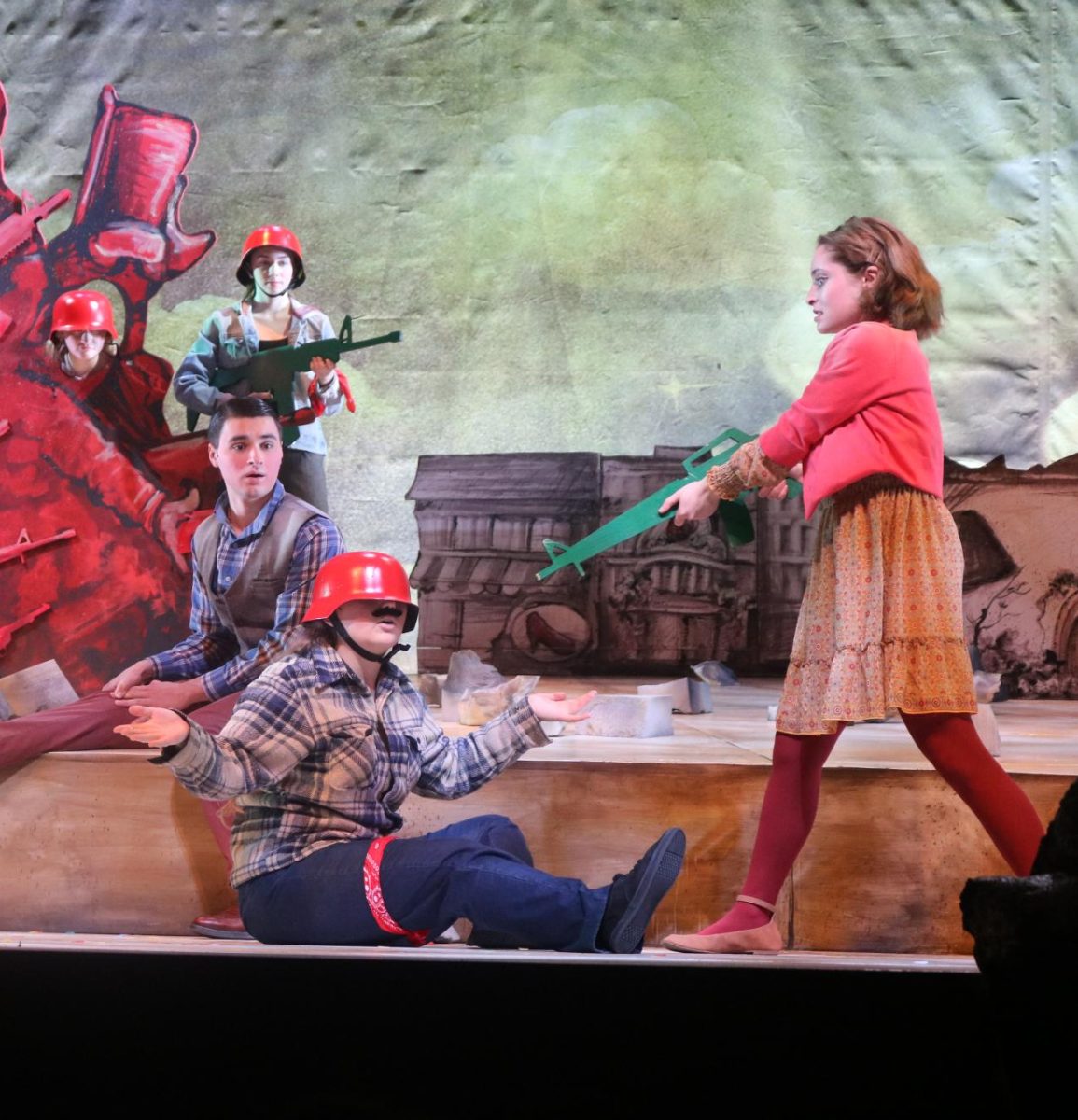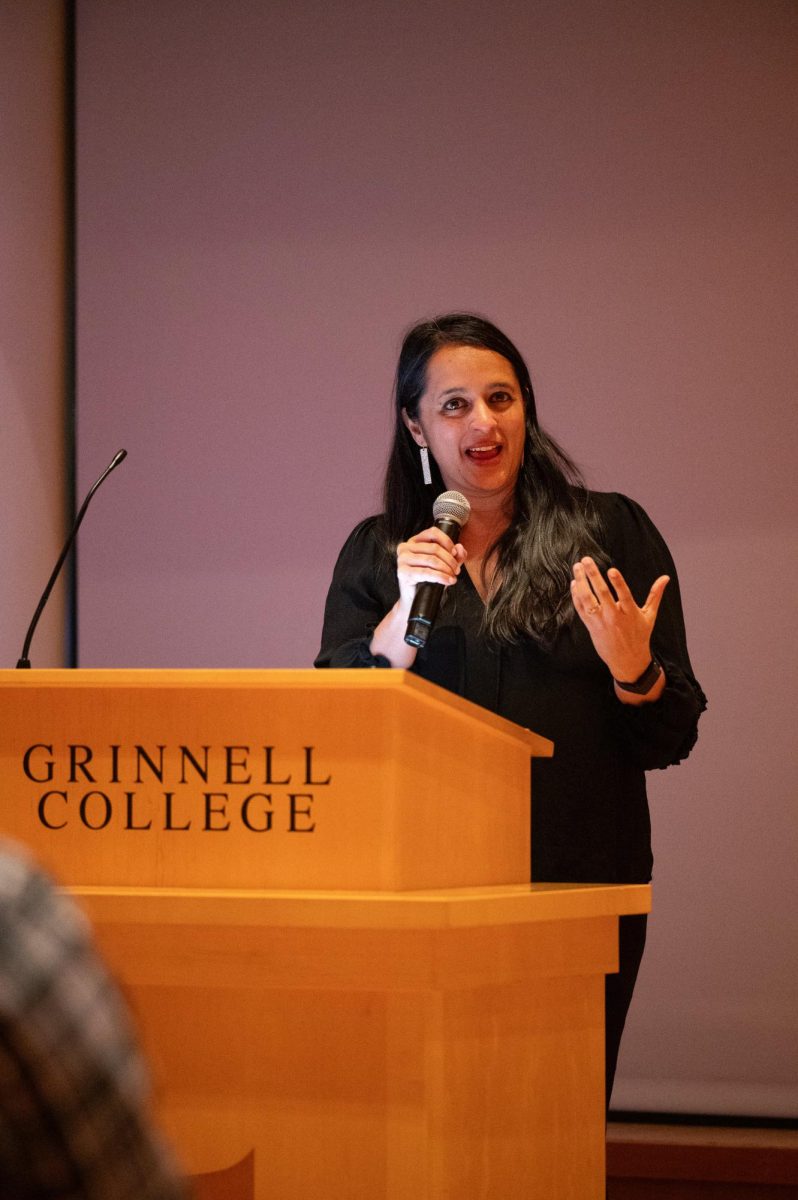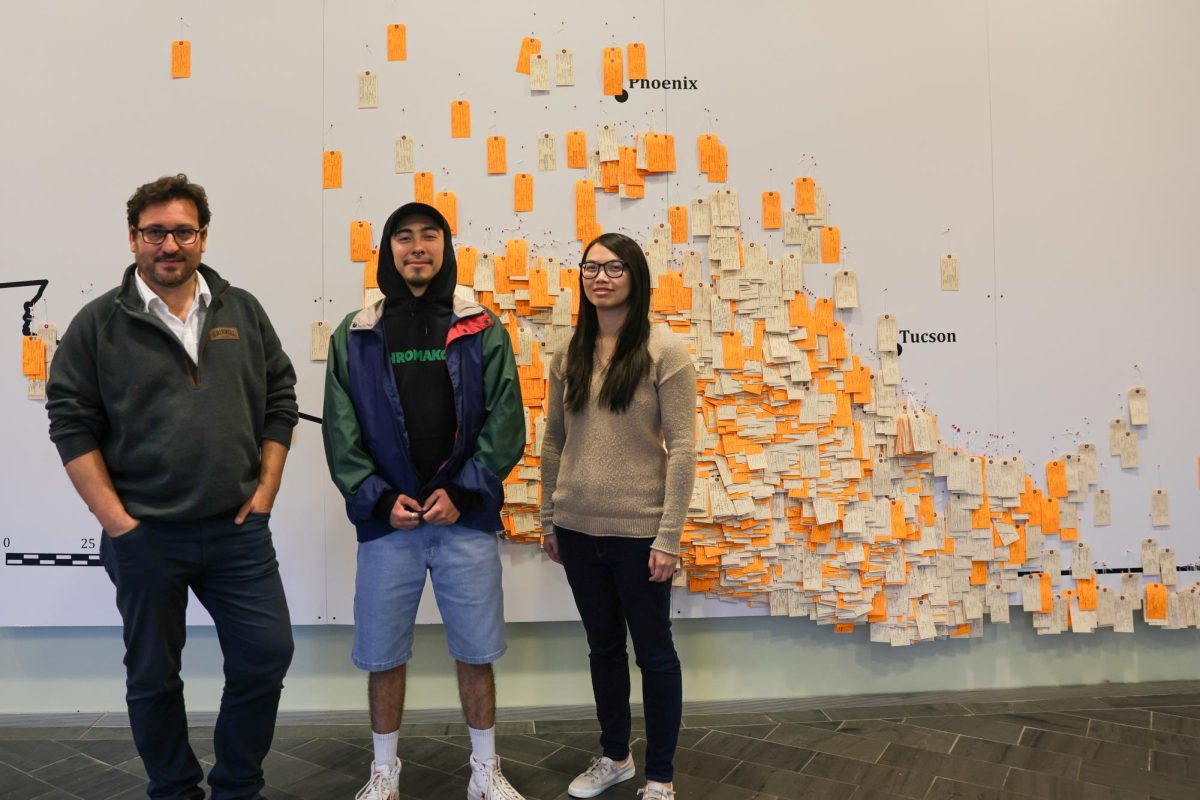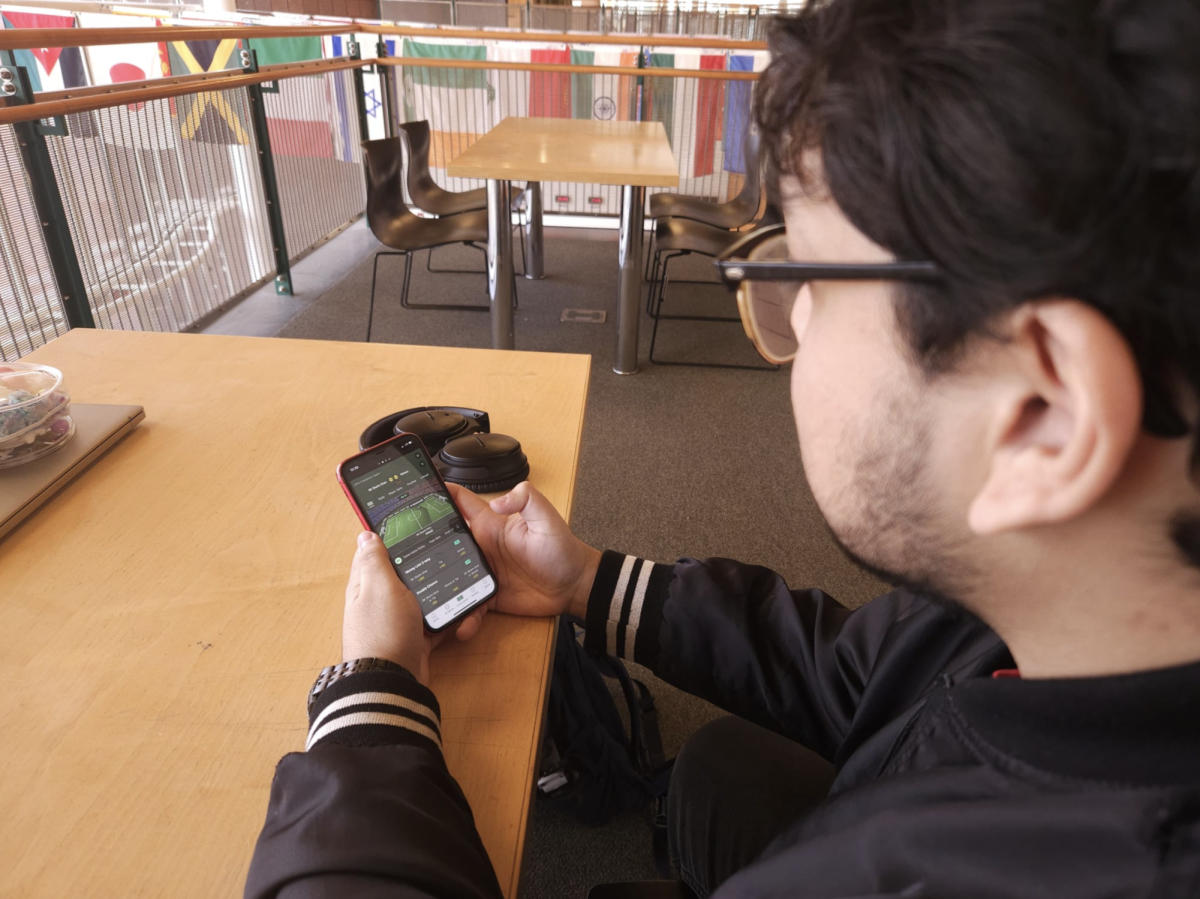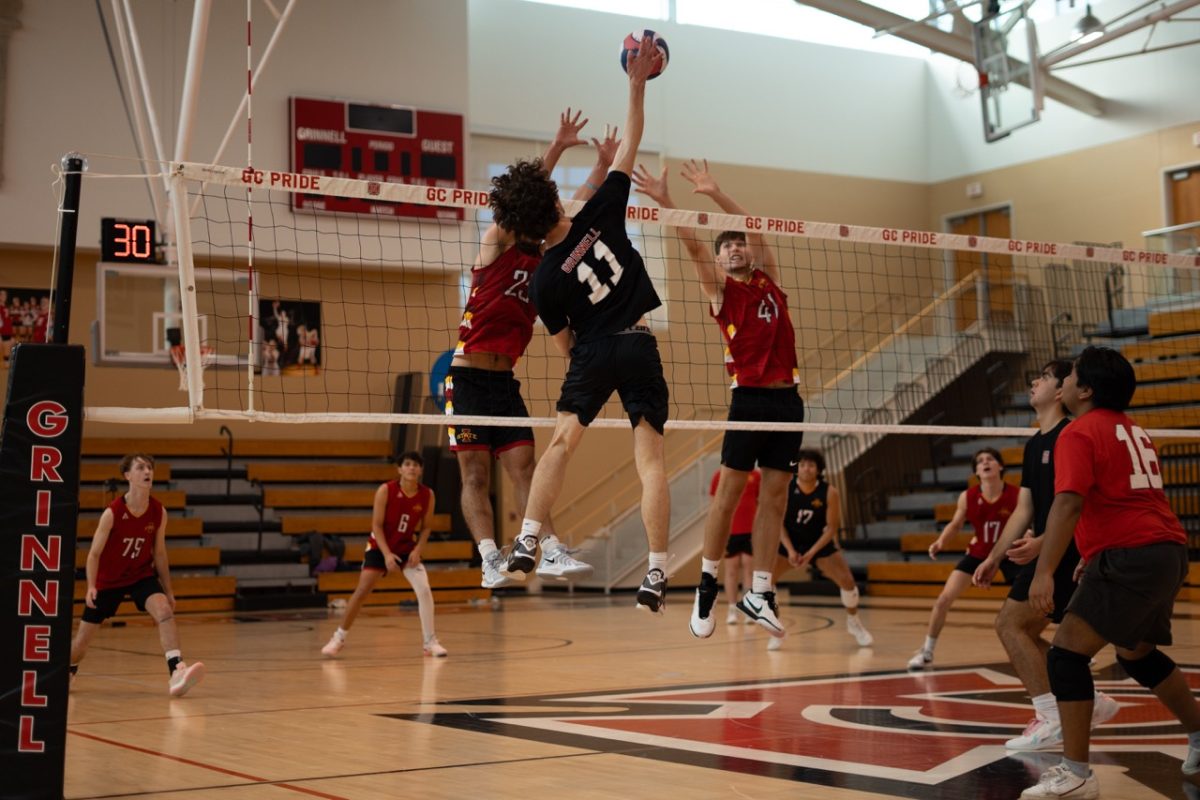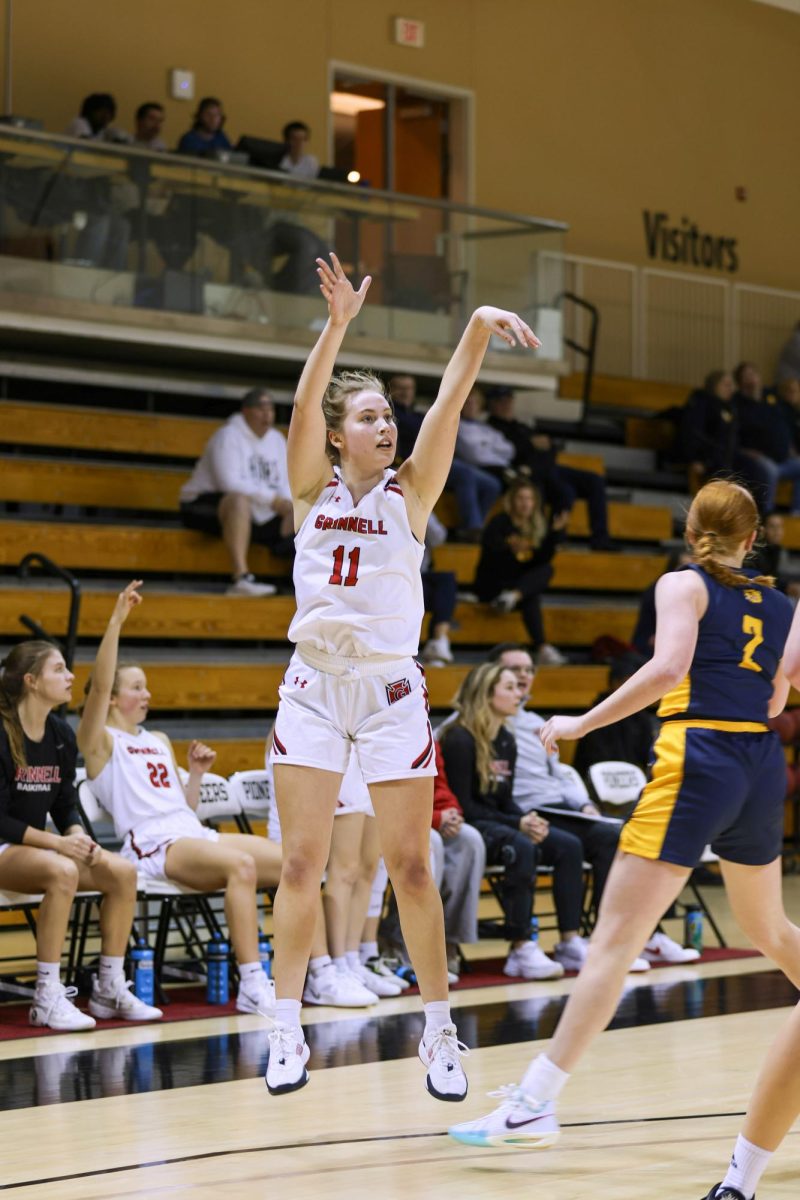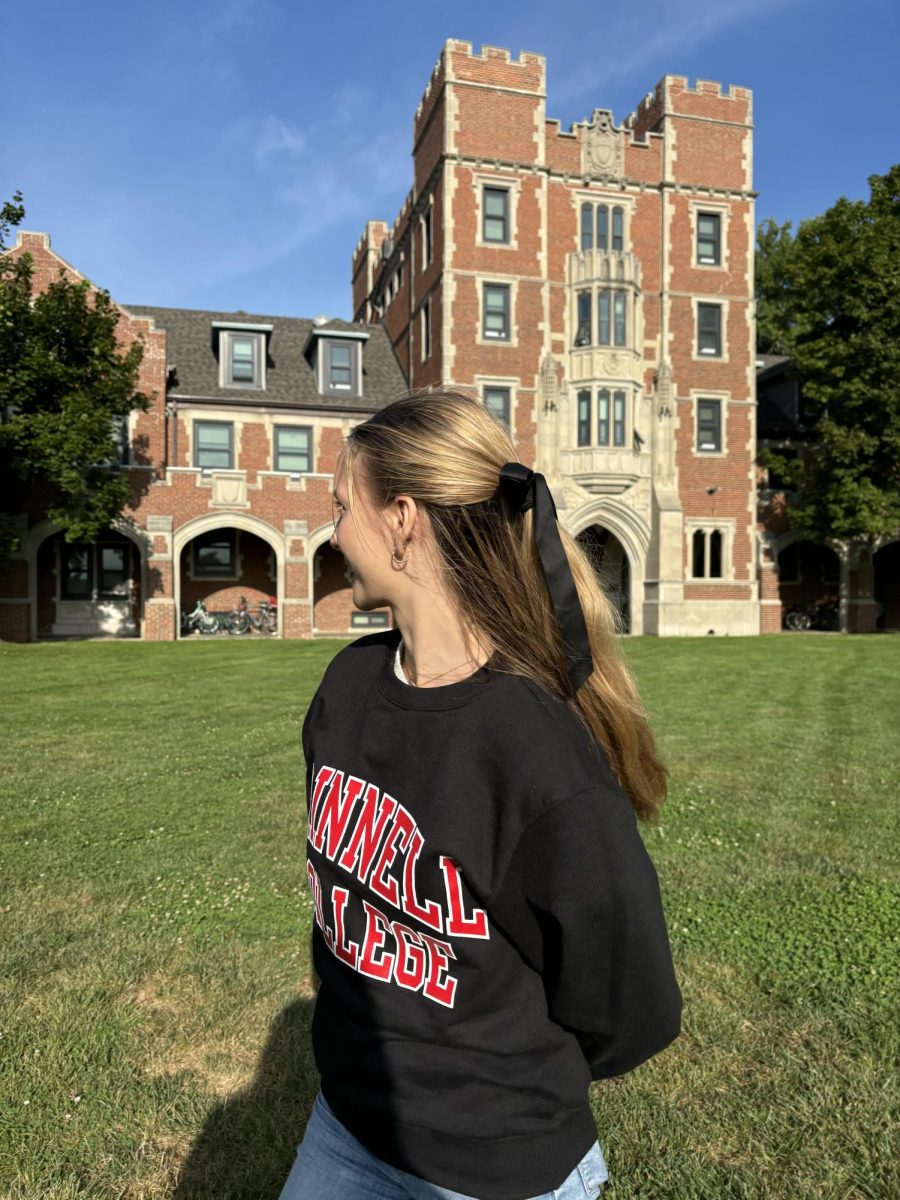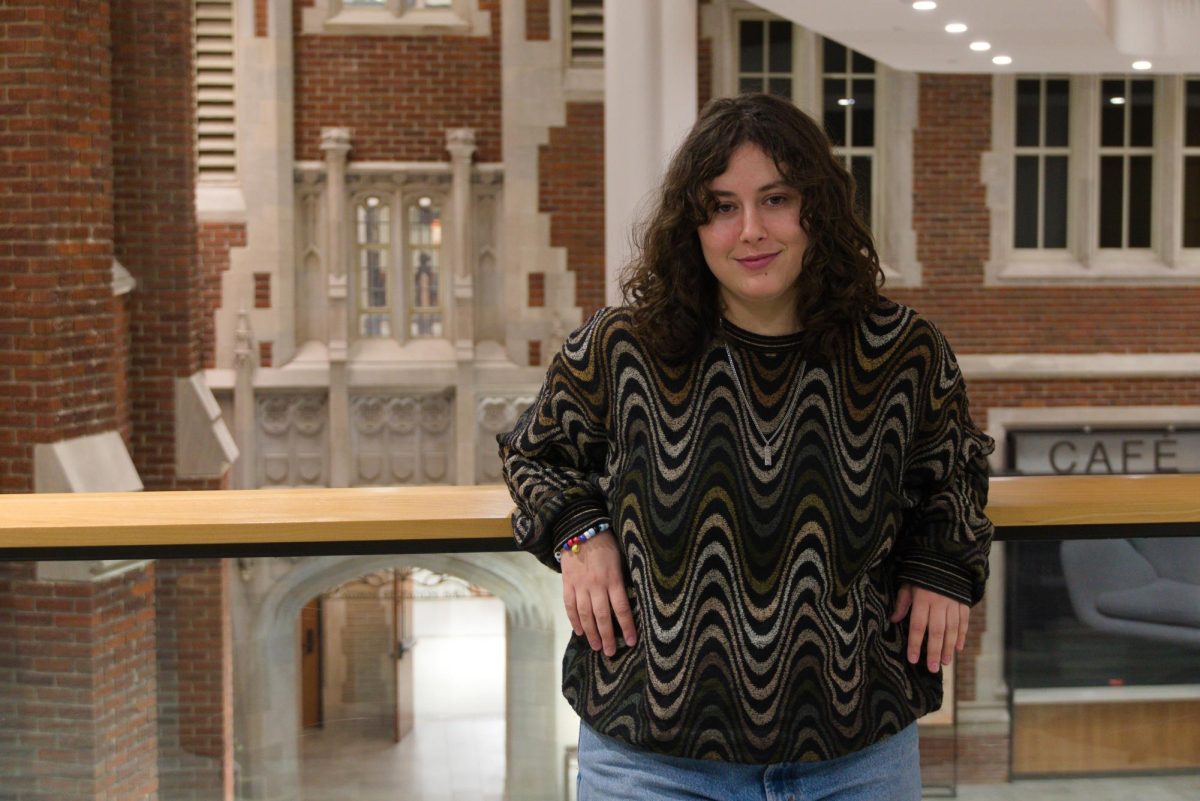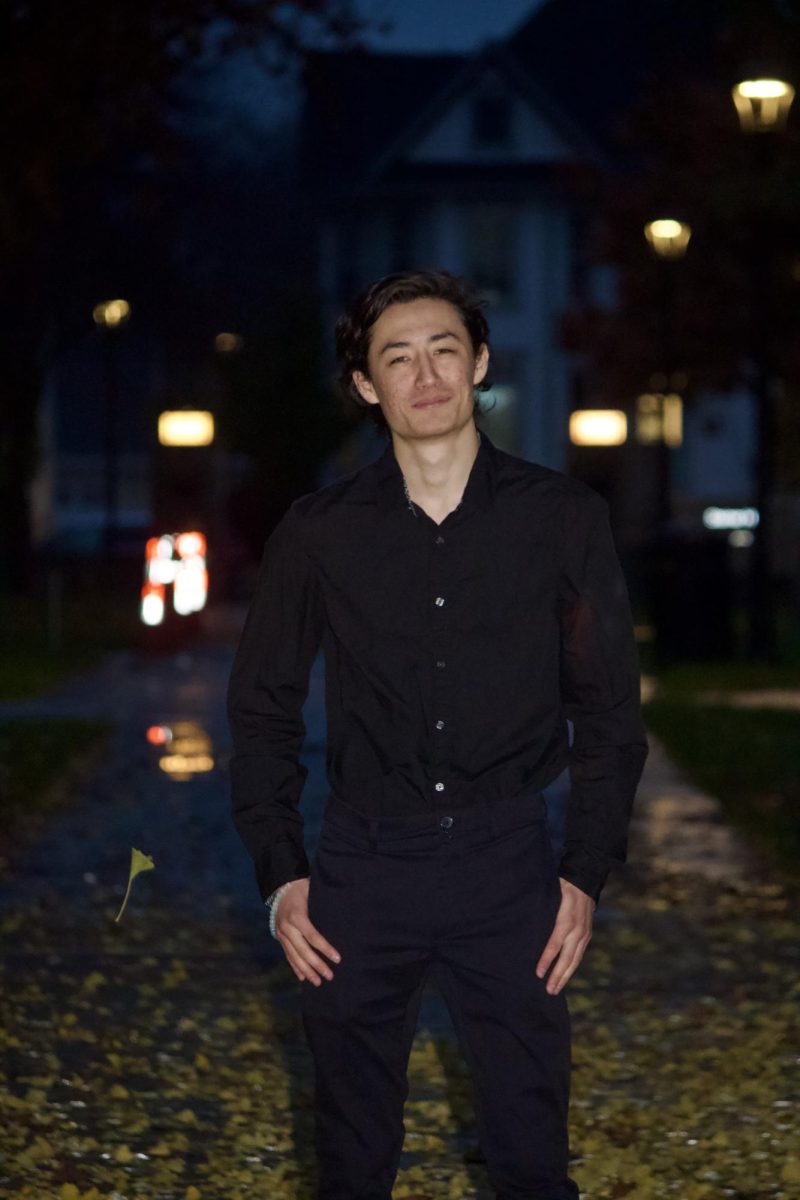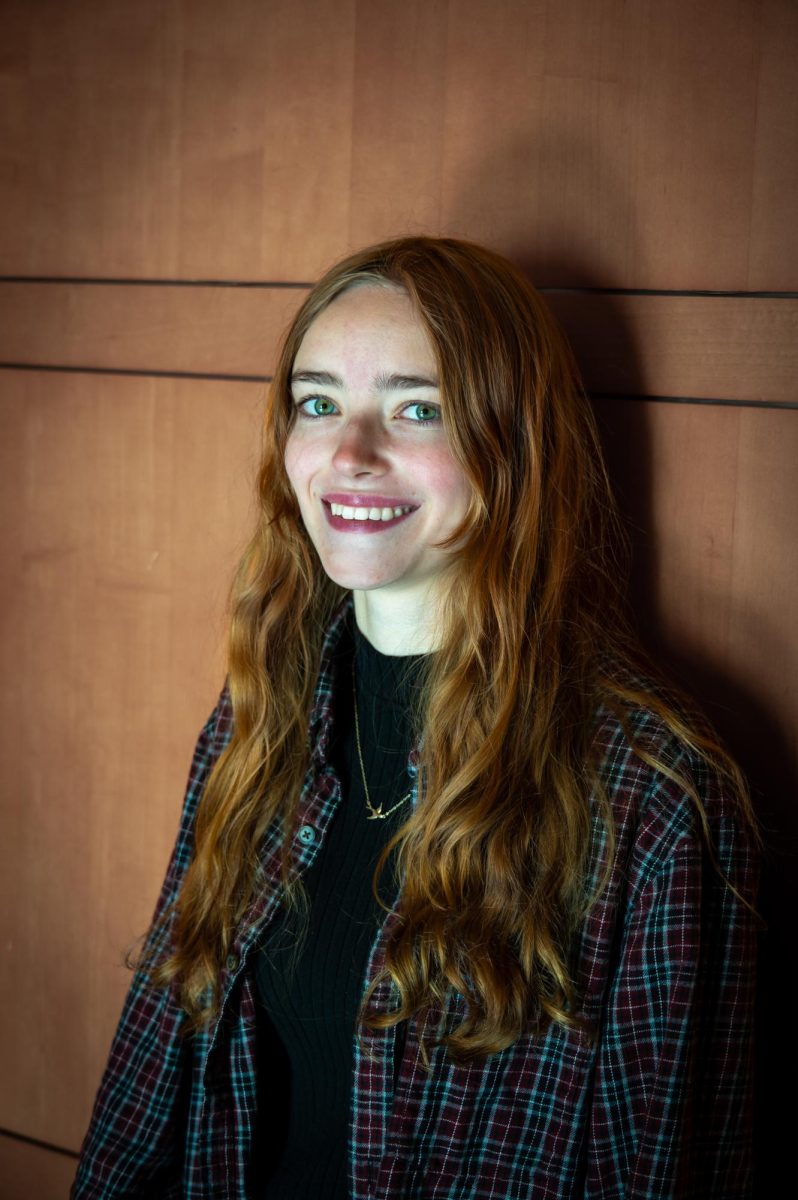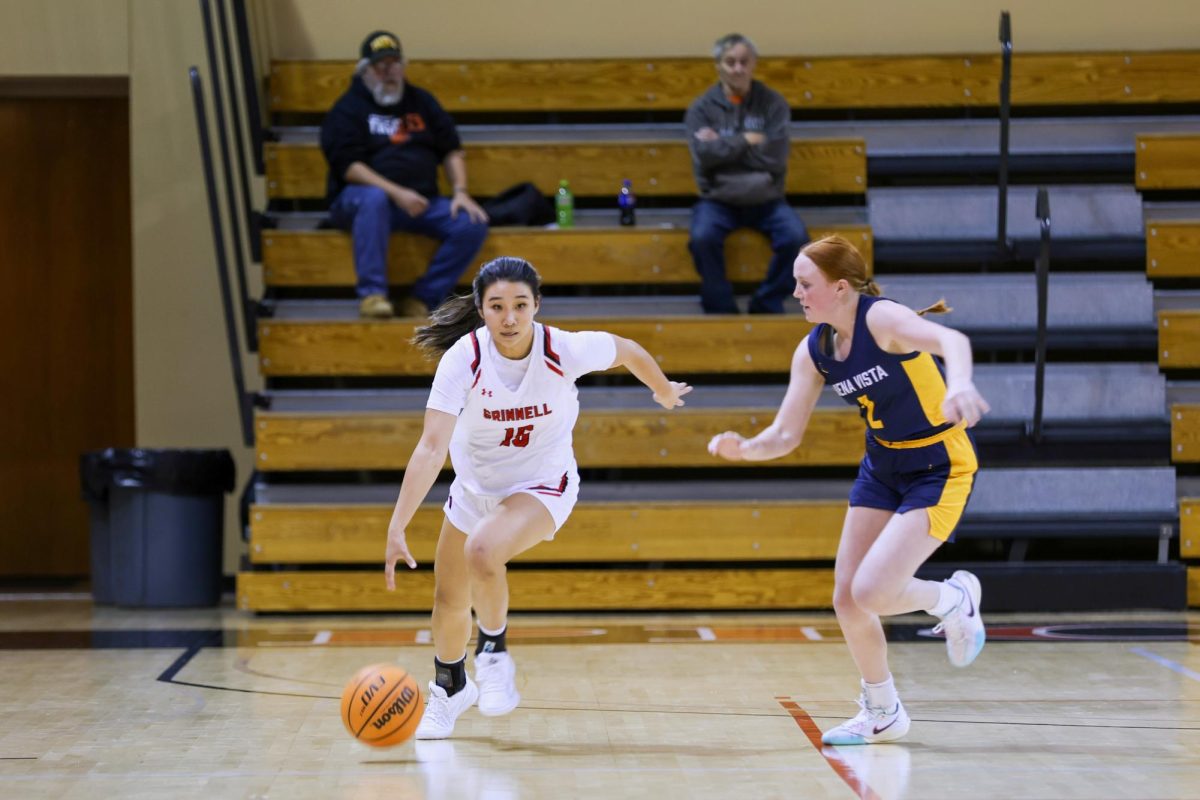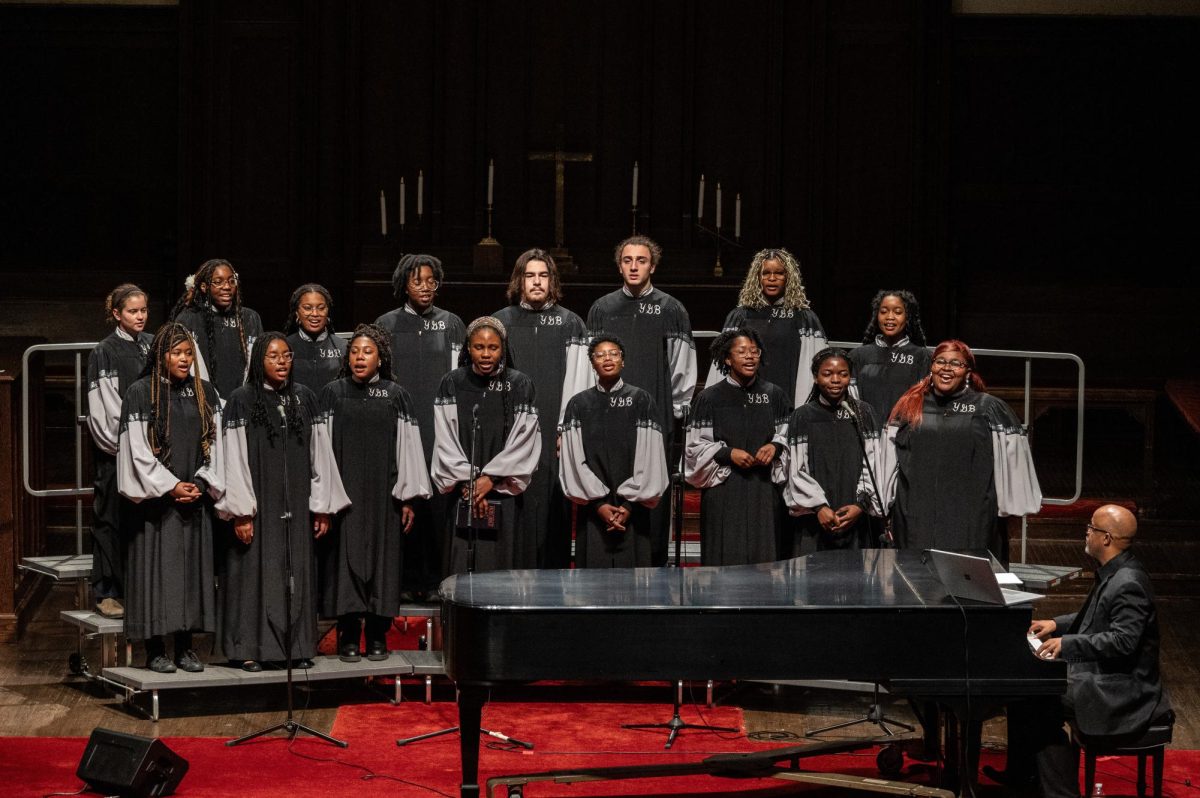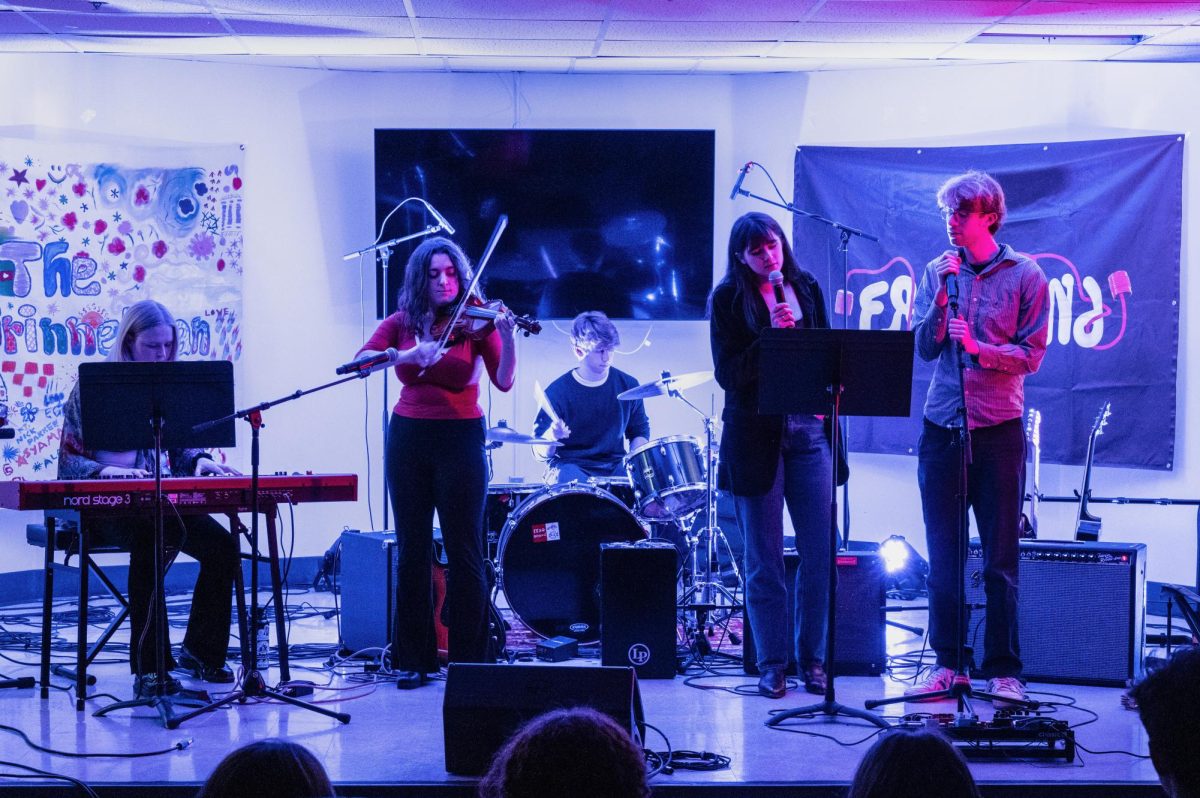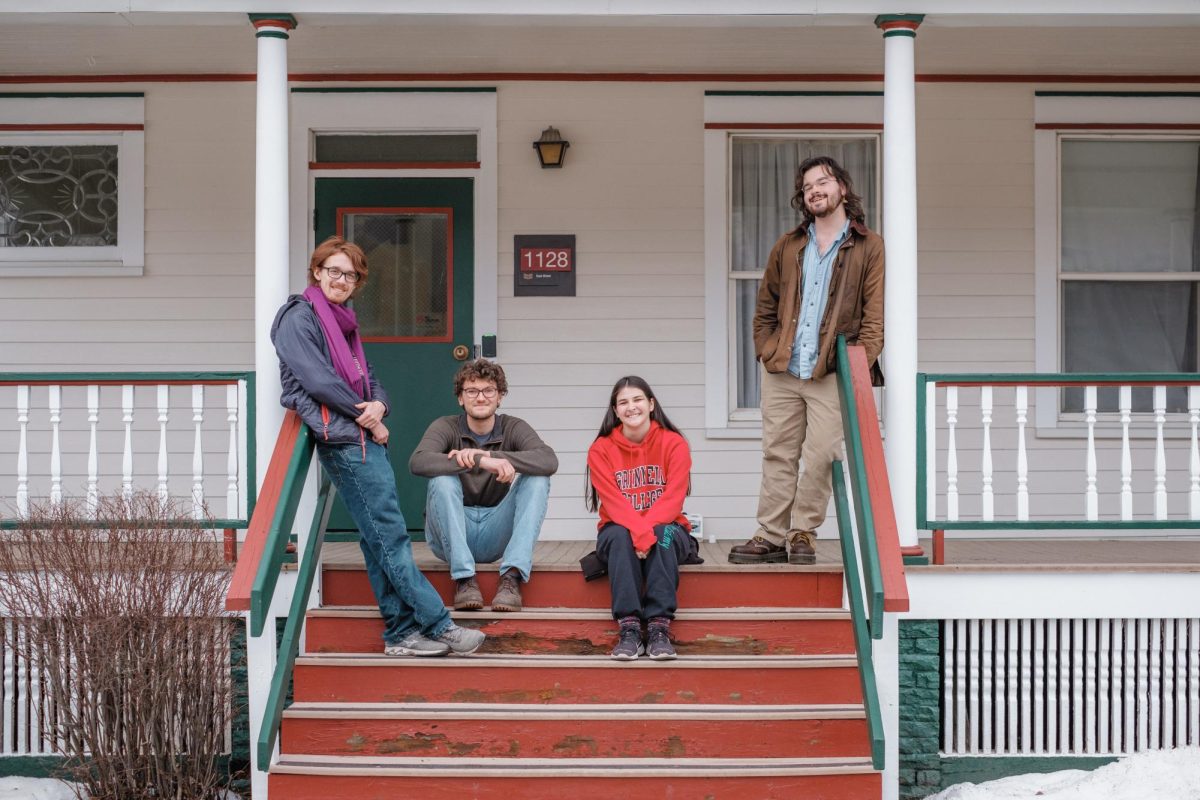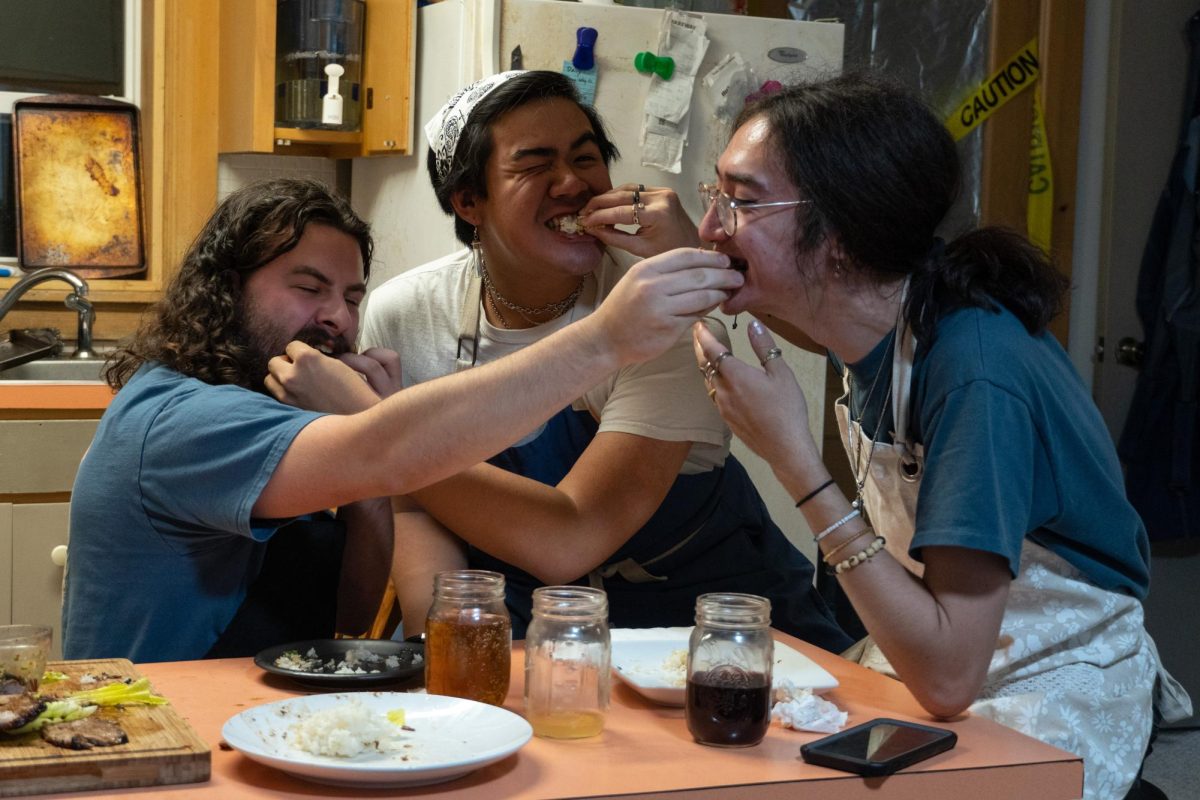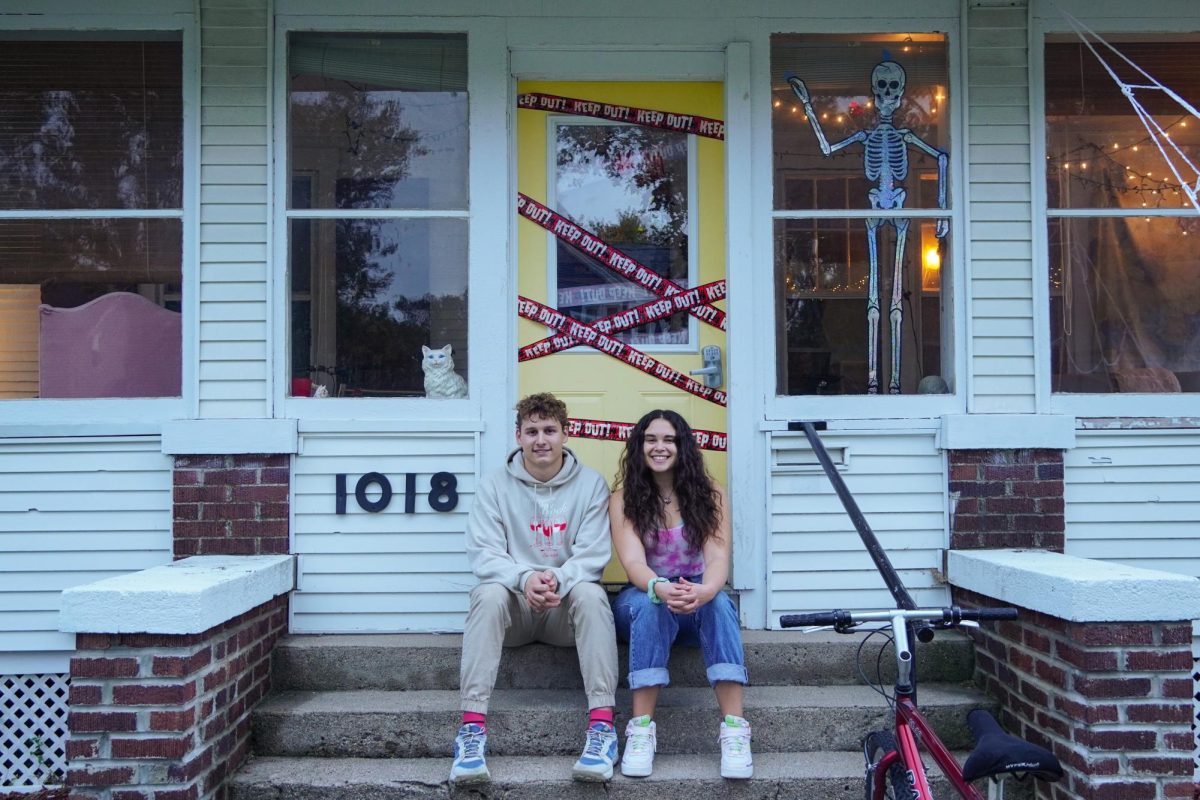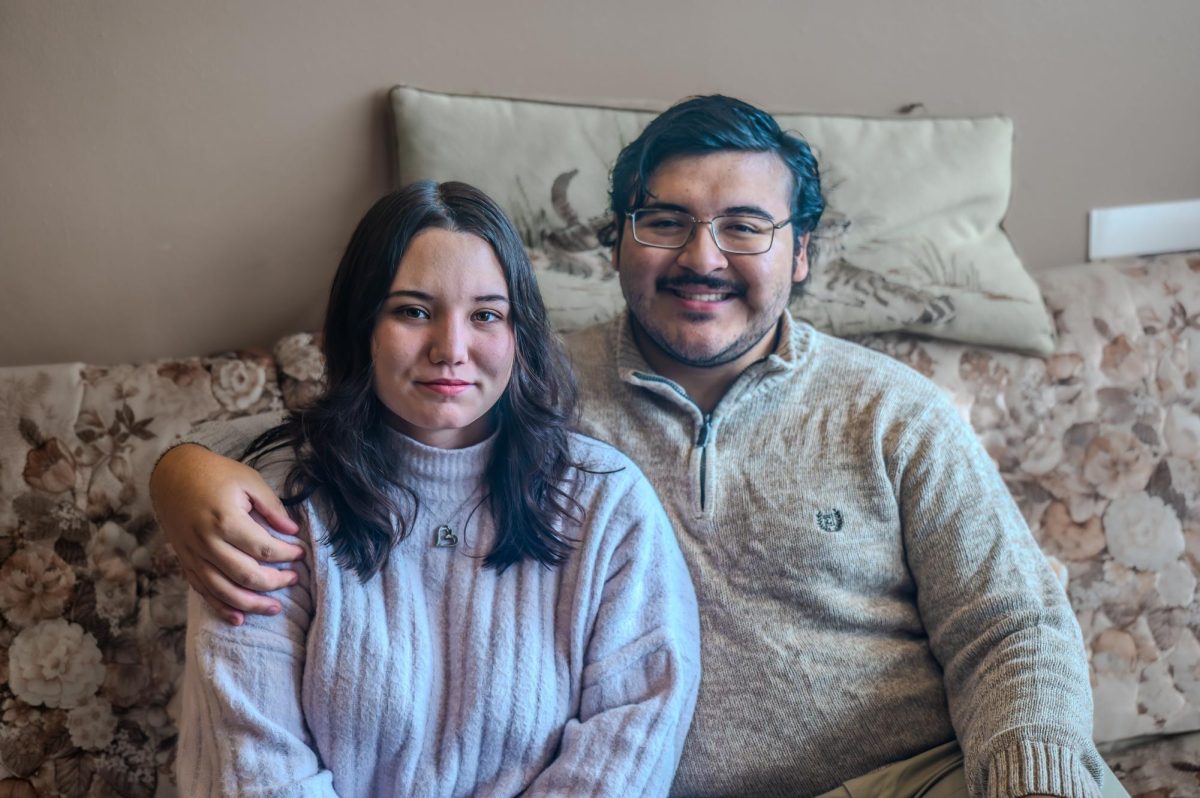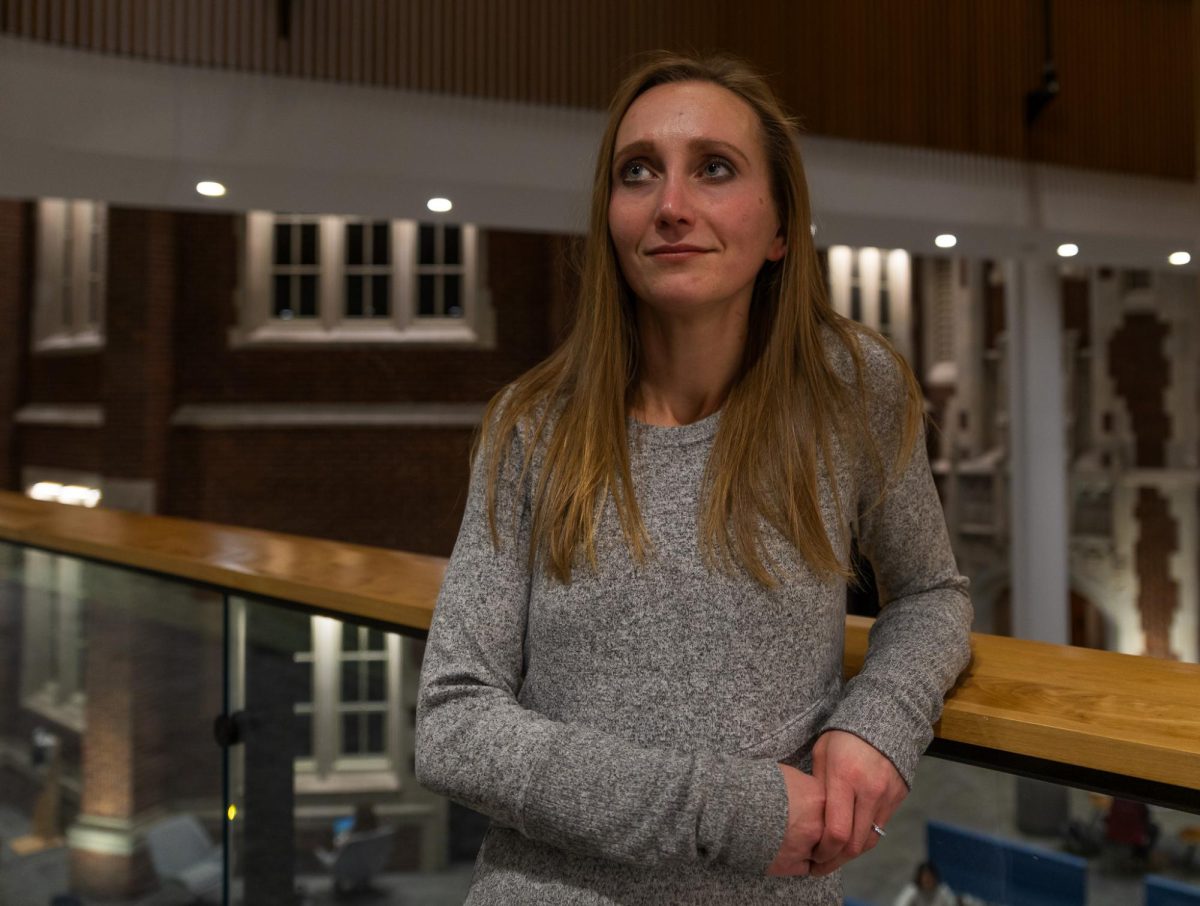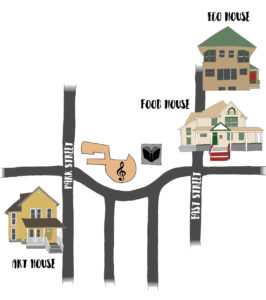
For students seeking a departure from traditional dorm life in the coming 2018 fall semester, Grinnell offers various college-owned project houses that each subscribe to common ideals and goals. Eco House, Art House and Food House reside just outside the campus borders and accommodate approximately 12 students each. The houses are now accepting applications for next semester, which can be submitted until March 2 for Eco House, March 9 for Food House and before spring break for Art House.
Above all, members of each house expressed an emphasis on communal living and developing close relationships with their peers.
“As a recent member of the house, I guess I was pleasantly surprised by how quickly it felt like home,” said Andrea Baumgartel ’19, a member of Eco House. “At first I was a little bit unsure whether it would be more like ‘Oh, I was technically in a house but it feels more like a dorm situation’ or if it would feel more like an actual like family-esque sort of situation. … It feels like the latter because people … are very intentional about what they do.”
Despite their mission of being environmentally conscious, the members of Eco House feel no pressure or expectation to assume a certain persona. The students pride themselves on accepting a variety of different beliefs and lifestyles into their home.
“We do attract people with more of an intentionally environmental outlook on life, but you don’t have to be that way,” said Natalie Seger ’18. “I think it’s just like an openness and curiosity about it. No one’s judging each other on how ‘eco’ they are.”
Similar to the members of Eco House, those of Art House value the idea of sharing their lives with a tight-knit group of students. However, they also focus on routinely opening up their home for events and parties so that students who live elsewhere can benefit from the communal aspect of making and sharing art.
“It’s my home, but it’s also a space to host,” said August Cole-Kink ’19 about Art House. “I feel like a lot of the people who live here are natural hosts — that results in some really good events.”
In addition to serving as a place for people to come together and enjoy each other’s company, Art House doubles as a studio conducive to productivity and inspiration. In several cases, students have incorporated aspects of the house into their personal or class projects. For example, Cole-Kink plans on hosting shows for their band in the house’s living room this semester.
“Having everybody live here be interested in art facilitates community building,” Cole-Kink said.
The residents of Food House shared similar reasons for wanting to live in a project house. They spend most evenings cooking together and generally share an affinity for eating fresh and locally.
“It’s really good to depend on other people,” said Isabella Kugel ’20, who lives in the house. “In the dorms you kind of depend on your roommate to be there for you, but here you can depend on people for mostly whatever kind of support that you need.”
In addition to living in an encouraging communal space, members of each house underscored the benefits of an environment that blurs the boundaries between on- and off-campus. While members generally operate under their own rules and customs, the houses reside close to academic buildings and appreciate many of the same resources as those in dorms, such as access to meal plans and Facilities Management cleaning services.
“I think independence is a really defining characteristic,” said Jeremy Epstein ’19 of Food House. “We have a CA, but she’s just like one of our housemates. There’s a high level of accountability.”
Amidst the bustle of academic and extracurricular life at Grinnell, the residents of each project house have found a way to take time from their busy schedules and unwind in a unique environment. Despite the specific goals and values of each house, the majority of residents agreed that their activities and events don’t matter too much so long as they do them together.
